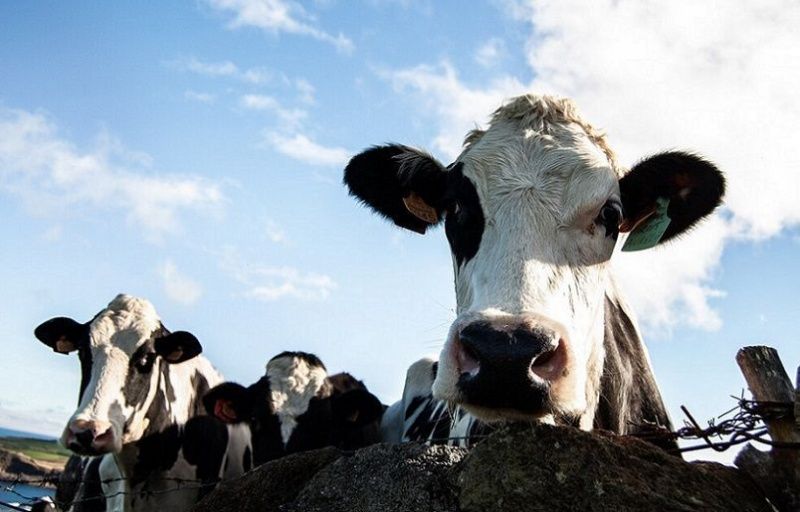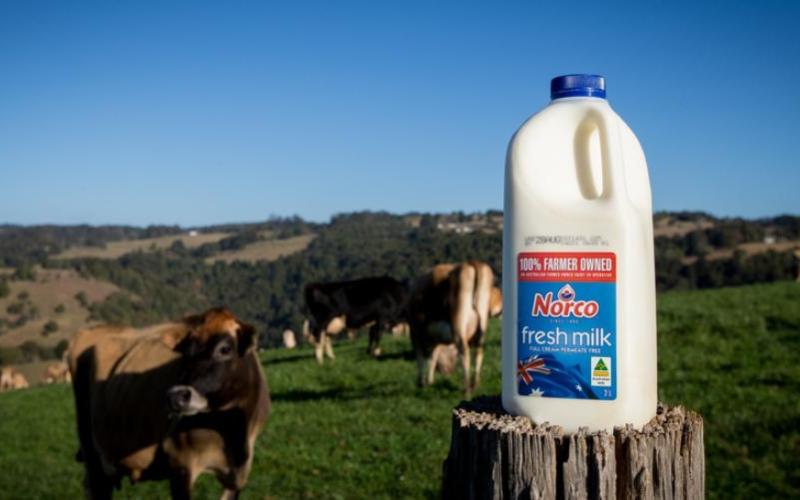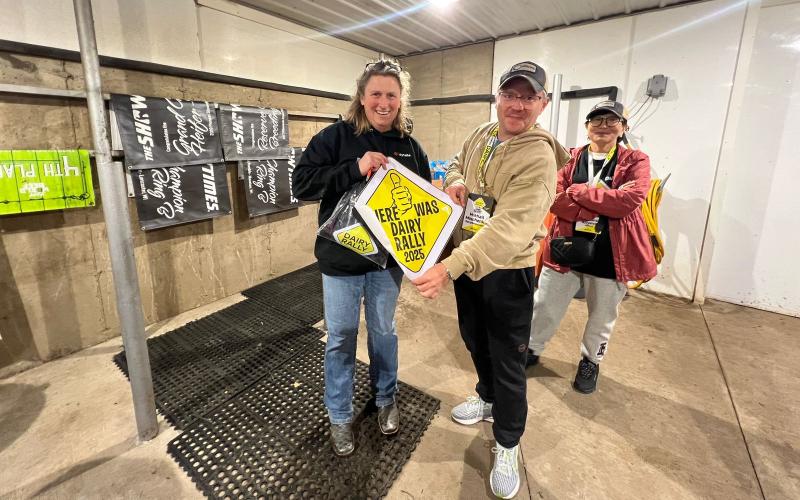Bird Flu in Dairy Cows: Understanding the Risks and Responses
Sourse: The DairyNews
Recent confirmations by the U.S. Department of Agriculture regarding the presence of the H5N1 bird flu virus in dairy cows across the nation have sparked concern and raised questions about potential implications.

While human infections remain rare, the situation demands attention and proactive measures.
The outbreak, primarily observed in nine states with notable occurrences in Texas, New Mexico, and Colorado, underscores the evolving dynamics of the virus. Nirav Shah, principal deputy director at the Centers for Disease Control and Prevention, emphasized the importance of vigilance and swift action in addressing this rapidly evolving situation during a recent event hosted by the Council on Foreign Relations.
Bird flu viruses, historically associated with avian populations, have increasingly made the leap to mammals, including a wide array of species such as seals, goats, and even domestic pets. Notably, the current outbreak among cattle is notable for its rapid spread within herds, a concerning departure from previous cases.
While the prospect of a pandemic remains speculative, the potential consequences necessitate thorough preparation and response strategies. The severity of previous strains underscores the urgency of preventive measures. Enhanced surveillance and testing protocols, particularly among farmworkers and livestock, are imperative to detect and mitigate potential risks.
The ongoing evolution of the virus underscores the need for robust research and data-sharing initiatives. Comprehensive genomic analysis can provide valuable insights into the origin, transmission, and potential adaptations of the virus, guiding effective intervention strategies.
Addressing gaps in testing infrastructure and incentivizing reporting among farmers are critical steps in containing the outbreak and safeguarding public health. Additionally, proactive measures in poultry farms, aimed at preventing outbreaks and minimizing transmission risks, are essential components of a comprehensive response strategy.
While the current situation does not warrant immediate alarm, it underscores the importance of proactive measures and collaborative efforts in mitigating potential risks. By prioritizing surveillance, research, and preventive actions, stakeholders can effectively navigate the evolving landscape of bird flu outbreaks and safeguard both human and animal health.
The outbreak, primarily observed in nine states with notable occurrences in Texas, New Mexico, and Colorado, underscores the evolving dynamics of the virus. Nirav Shah, principal deputy director at the Centers for Disease Control and Prevention, emphasized the importance of vigilance and swift action in addressing this rapidly evolving situation during a recent event hosted by the Council on Foreign Relations.
Bird flu viruses, historically associated with avian populations, have increasingly made the leap to mammals, including a wide array of species such as seals, goats, and even domestic pets. Notably, the current outbreak among cattle is notable for its rapid spread within herds, a concerning departure from previous cases.
While the prospect of a pandemic remains speculative, the potential consequences necessitate thorough preparation and response strategies. The severity of previous strains underscores the urgency of preventive measures. Enhanced surveillance and testing protocols, particularly among farmworkers and livestock, are imperative to detect and mitigate potential risks.
The ongoing evolution of the virus underscores the need for robust research and data-sharing initiatives. Comprehensive genomic analysis can provide valuable insights into the origin, transmission, and potential adaptations of the virus, guiding effective intervention strategies.
Addressing gaps in testing infrastructure and incentivizing reporting among farmers are critical steps in containing the outbreak and safeguarding public health. Additionally, proactive measures in poultry farms, aimed at preventing outbreaks and minimizing transmission risks, are essential components of a comprehensive response strategy.
While the current situation does not warrant immediate alarm, it underscores the importance of proactive measures and collaborative efforts in mitigating potential risks. By prioritizing surveillance, research, and preventive actions, stakeholders can effectively navigate the evolving landscape of bird flu outbreaks and safeguard both human and animal health.
Key News of the Week














